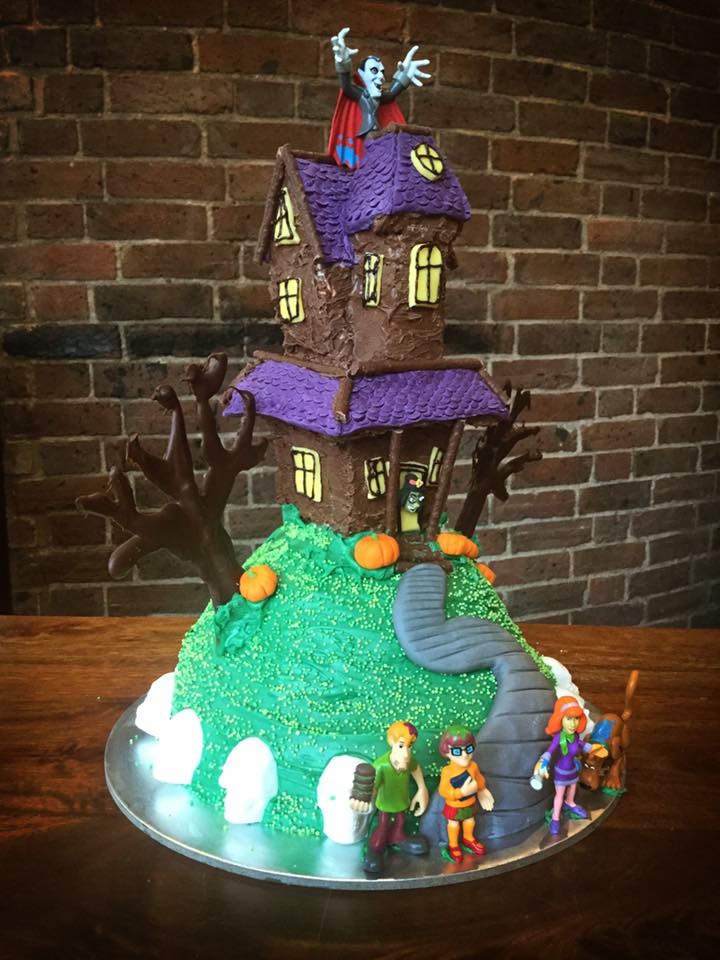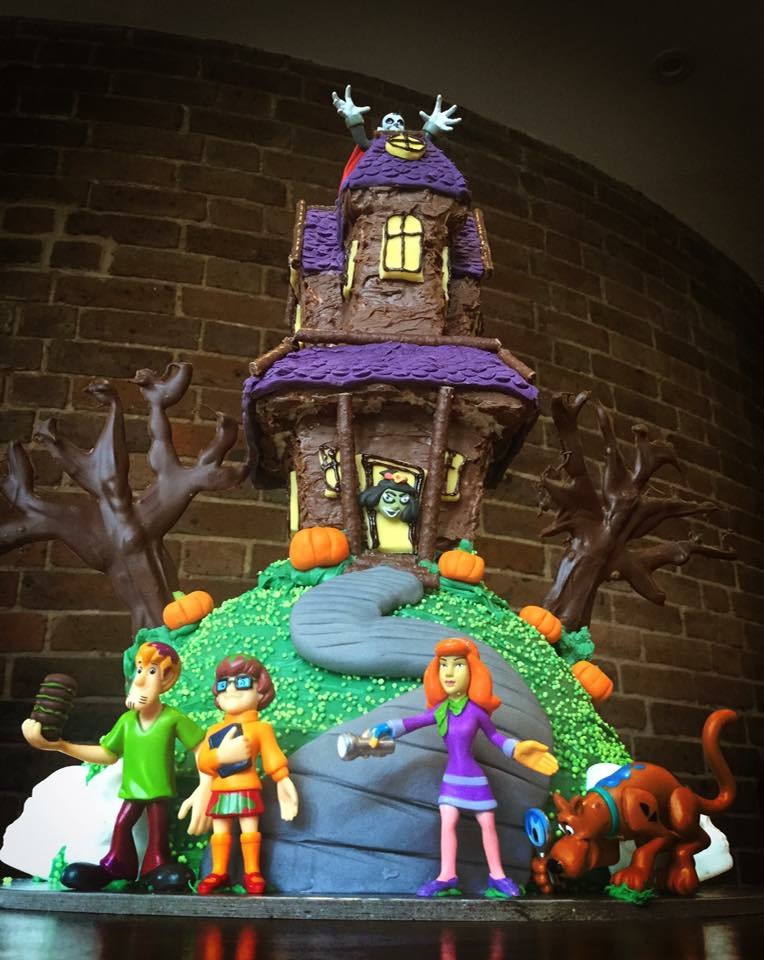I thought I'd share this interesting article from The Politic which draws together the recent spate of clown sightings and the connections with fairy folklore. Do you likes balloons Johnny?
On Saturday night, a student shared a photo of two clowns on the Facebook page “Overheard at Yale.” The figures, covered in dark face paint and lit by a nearby street lamp, stared straight at the camera, or maybe at the person behind it. This sighting, the first at Yale, adds New Haven to the growing list of cities that have experienced clown sightings, a nervous phenomenon that has taken the nation by storm. In other words, the Clownpocalypse is here.
Like most horror stories, this one began in a small southern town and features an unassuming little boy. In late August, the son of Donna Arnold reported that he had spotted two clowns—one in red and one in black—outside his apartment complex in Greenville County, South Carolina, and claimed that there were luring him into the woods. Since then, hundreds of new reports have appeared in numerous states, including Pennsylvania, Maryland, Georgia, and Texas, describing clowns engaged in a variety of unnerving activities, from standing on the roadside during the darkest hours of the night, to chasing children.
The significance of this story doesn’t just come from the momentum with which clown sightings have taken hold. The curious features of these incidents, particularly the characterizations of clowns as insidious creatures, the targeting of young children, and the largely non-violent methods of terror have strong roots in the history of clowns and in Western society itself.
Though historian Beryl Hugill is able to locate the vague form of the clown in societies as early as Ancient Greece, the roots of the modern clown stem most strongly from the Italian Renaissance and the production of a theatre genre known as “commedia dell’arte.” It is there that the Harlequinn character first made its appearance. Benjamin Radford, author of “Bad Clowns,” elaborates that the mask cladded, diamond-pattern wearing character came from the sinister veins of the religious underworld. The clown was not so humorous after all. Rather, its original identity was derived from the cackles of “lost souls”—dead people who were unable to transition to the afterlife. These lost souls would turn into a “troupe of comic demons” described as flying and dancing in the air; essentially, they were fairies.
When I use the term fairy, I’m not talking about Tinkerbell. Rather, I am referring to the mythical creatures whose origin, legend argues, was a rebellious group of angels banished by God from Heaven. The is not a story of the Devil or Satan: The fairies were not sent all the way down, but kept in a limbo between heaven and hell.
In its ancient origin, the insidious character of the clown asserts itself. Psychologists have attempted to explain “coulrophobia,” the fear of clowns, by stating that the proportions of the features, combined with the gaudy use of color, triggers an unsettling visual sensation. But the fact that coulrophobia has not been clinically listed as a phobia, but remains the lingo of pop culture suggests that the majority of people aren’t actually scared of clowns. Rather, the unsettling sense generated by clowns is derived from the acknowledgement that—despite appearances—there is a capacity, a potential for harm. The limbo of the fairies, stuck between good and bad, like the laughter of the demon, is the tension that lies beneath our fear of clowns. The thick paint that masks the features of the clown forces us to question what is underneath.
In this way, the non-violent nature of clown sightings can be contextualized. While it is very likely that many of the people dressing up as clowns are simple pranksters, and therefore do not hold criminal intentions, it is still key to note that most reports show that these clowns do not present weapons, let alone use them. Radford argues that the leering clown can be more fearful than the killer clown, as once the act of violence is committed the critical tension breaks. The dynamics of uncertainty are no longer present in the equation; the killer clown is no more fearful than that of the generic murderer.
One of the first times that the term “Killer Clown” was used was in reference to John Wayne Gacy Jr. Gacy, who often used to work as “ Pogo the Clown,” sexually assaulted and murdered 33 teenage boys in Illinois in the 1970s. His main tactic was deception. Instances like the Gacy case create the sense that it is legitimate to question the nature of the clown; they validate the subconscious tension. Depictions of clowns in pop culture also add to the impression that clowns are dangerous: the Joker from Batman, Pennywise in “It” and the chilling clown in Steven Spielberg’s Poltergeist.
The recent clown sightings have been accelerated by social media. Trends are determined almost exclusively by circulation on Facebook, Twitter, and Instagram. In this way, the recent clown sightings are a trend ultimately not so distinctive from other internet fads like the dab, Arthur memes and pictures of avocado toast. The Clownpocalypse is nothing new.
But more curious is why this trend is happening right now, at this particular moment. The last time a similar event occurred was in France and England in 2013 where, similarly, stalking clowns were reported. Mary Valle of The Guardian argues that public hysteria is produced in moments of social nervousness. The societal unease results in people finding comfort in such acts, in order to materialize a hysteria they can only feel. Valle concludes by arguing that the social anxiety produced by the American election, the antics of Donald Trump and Hillary Clinton, have resulted in what she refers to as a “real-time trauma play.”
In the fertile ground of the Internet, the seeds of another movement have been planted: #ClownLivesMatter. A number of day-job clowns have taken to social media to help people realize the effects these depictions of clowns are having on their livelihoods. Marches and rallies have been organized for the near future.
Stephen King, the creator of the infamous Pennywise, tweeted in his support: “Hey guys,” he wrote “time to cool the clown hysteria—most of em are good, cheer up the kiddies, make people laugh.” We can only hope he’s right. After all, his twitter archive also includes: “I have a button that says CAN’T SLEEP, CLOWNS WILL EAT ME. Probably not true. But what if it was? What if they’re just waiting?”
What if they’re just waiting.
Source


















































































































